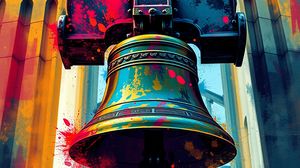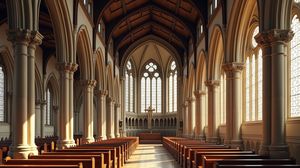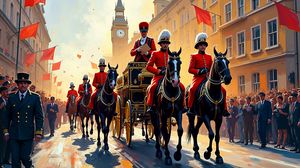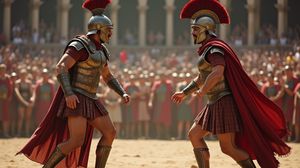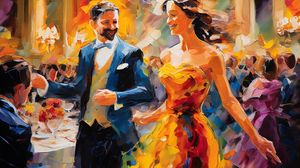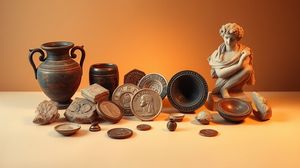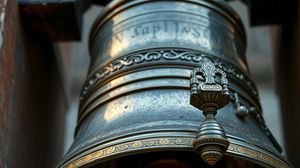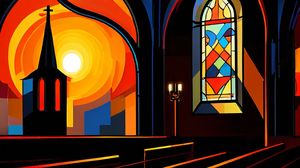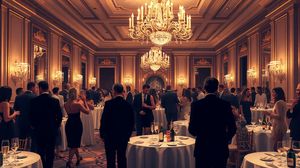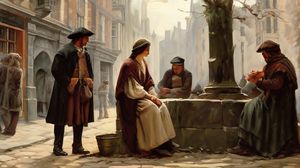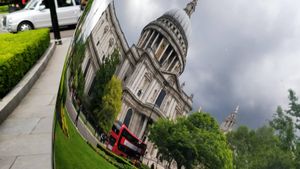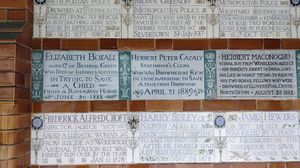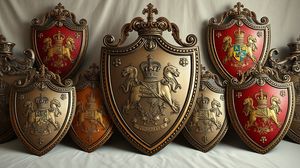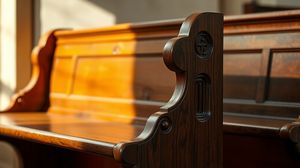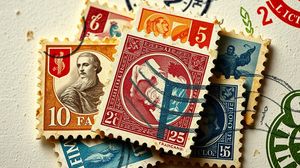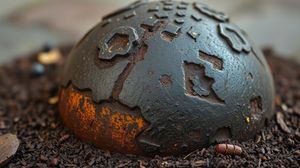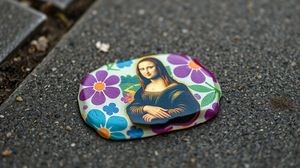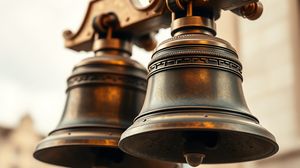
The Bow Bells, housed within St. Mary-le-Bow Church on Cheapside, London, are among the city's most iconic chimes. Traditionally, a true Cockney is defined as someone born within earshot of these bells, highlighting their deep-rooted cultural significance.
The church's history dates back to 1080, with its bells becoming a central feature of London's soundscape. The original bells were destroyed during the Great Fire of London in 1666 and were later recast, only to be damaged again in the Blitz of 1941. The current set of twelve bells, installed in 1961, continues the legacy of the previous generations.
The Bow Bells are also integral to the legend of Dick Whittington. According to folklore, as Whittington was leaving London, he heard the bells tolling, interpreting the sound as a call to return to the city, where he ultimately became Lord Mayor.
In the nursery rhyme "Oranges and Lemons," the Bow Bells are famously mentioned, underscoring their prominence in London's cultural heritage. The rhyme captures the bells' distinctive sound, a familiar auditory landmark through centuries of London life.
Today, the Bow Bells continue to ring out across the city, marking the passage of time and serving as a living reminder of London's rich history. Their enduring presence links the bustling modern city to its storied past, resonating with both locals and visitors alike.

Making the Most of Your Visit:
If you're interested in seeing the current set of bells, make sure to check the church's schedule for bell ringing demonstrations or practices. It's a fascinating experience to hear the twelve bells ring out across the city, and you'll appreciate their sound even more when you know when they're coming.
For a deeper connection to the Bow Bells, try to stand at points in the city that are known to be within earshot on a quieter day. Some claim that areas like Smithfield or parts of Shoreditch could have been within range when the city wasn't as noisy—it's a fun historical exploration for any visitor.
Don't miss the chance to explore the church's architectural features. St. Mary-le-Bow, rebuilt by Sir Christopher Wren after the Great Fire, showcases classic Wren design with its elegant steeple and beautiful nave. It's a significant piece of London's architectural history on its own.
If you time it right, you can catch one of the church's services or concerts, which are open to the public. These events sometimes feature the bells and provide an atmospheric setting to enjoy both the history and the community spirit of the church.
The church has a crypt that houses a café which is a hidden gem for enjoying a quiet break in the bustling Cheapside area. It's a lovely spot to relax and reflect on your visit—especially if you've listened to the Bow Bells ringing above!

Visiting Times & Costs:
Opening Hours: St. Mary-le-Bow Church is generally open to the public from Monday to Friday, typically between 7:30 AM to 6:00 PM. It is advisable to check the church's schedule for any special events or changes in opening hours.
Cost: Entry to St. Mary-le-Bow Church is free. However, special events or concerts might have a fee. Visitors should check in advance for any charges associated with specific events.
Accessibility: The church is accessible to those with mobility issues. There are facilities in place to accommodate wheelchair users, though certain areas, like the crypt, may present challenges. It is recommended to contact the church directly prior to visiting for detailed accessibility information.

Address & Map:

Nearby:
